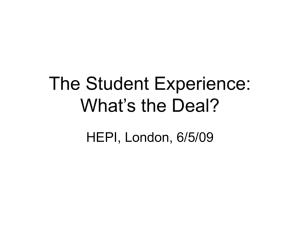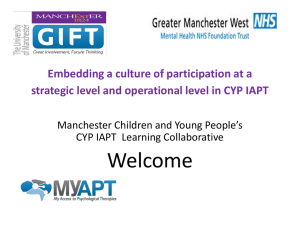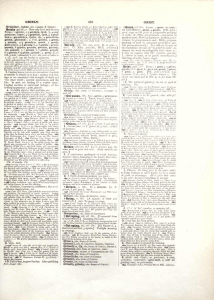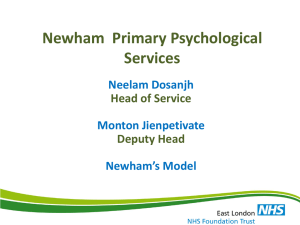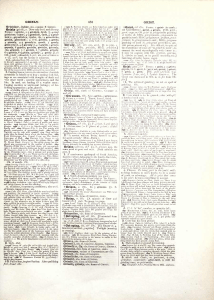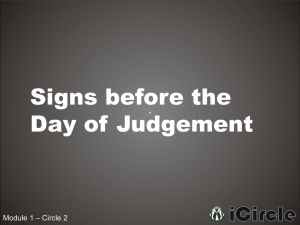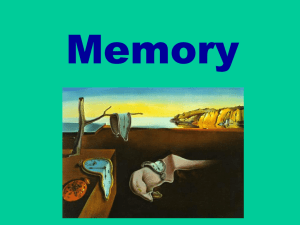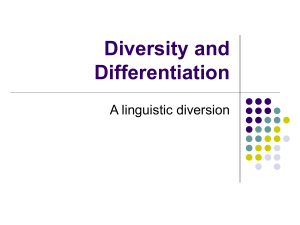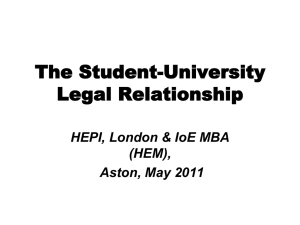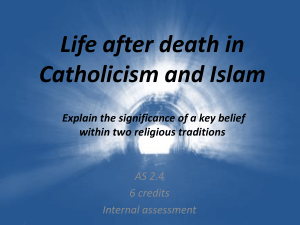GRiST – 10th April 2013
advertisement
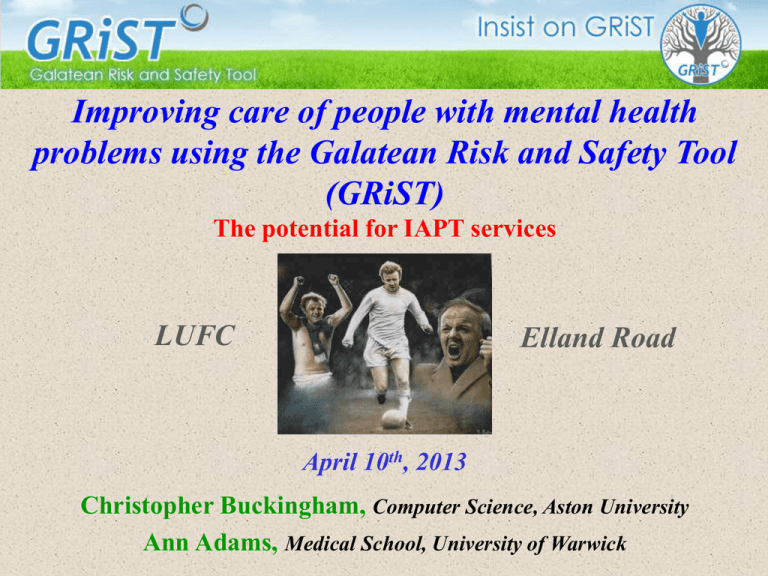
www.egrist.org Improving care of people with mental health problems using the Galatean Risk and Safety Tool (GRiST) The potential for IAPT services LUFC Elland Road April 10th, 2013 Christopher Buckingham, Computer Science, Aston University Ann Adams, Medical School, University of Warwick Risks associated with mental health problems • Suicide • • • • • Self harm Harm to others and damage to property Self neglect Vulnerability Risk to dependents Our research is about better understanding, detection, and management It is aimed at both clinicians and service users It feeds into the GRiST clinical tool and improved services Some of the Christopher Buckingham, Ashish Kumar, Abu Ahmed University of Aston Ann Adams, & Christopher Mace University of Warwick Research Team Risk Evidence about mental-health risks independent cues We know quite a lot particular cue combinations Risk Risk cue clusters We know a little cue interactions specific cue values occurring together We hardly know anything No explicit integration Clinical judgement Risk tool RISK ASSESSMENT Need to connect the information sources Clinical judgement Risk tool RISK ASSESSMENT Data hard to extract Electronic documents: little structure, information buried Yes, this really is an NHS decision support document Data not shared Mon Tue RISK ASSESSMENT RISK ASSESSMENT Fri RISK ASSESSMENT or exploit the semantic web The solution: • • Explicitly models structured clinical judgements Underpinned by a database with sophisticated statistical and pattern recognition tools. – • linked with empirical evidence Developed from the start to exploit the semantic web – – • universally available ordinary web browsers Designed as an interactive tool with sophisticated interface functionality Provides a common risk language with multiple interfaces • – – • GRiST collecting information providing advice Supports shared decision making and self-assessment The solution: • Versions for different populations – – • GRiST older, working age, child and adolescent specialist services (e.g. learning disability, forensic) A whole (health and social care) system approach to risk assessment www.egrist.org Eliciting expertise Knowledge bottleneck – – – – Extracting expertise Representational language experts understand Gain agreement between multiple experts Lowest common denominator …… Unstructured Interview • What factors would you consider important to evaluate in an assessment of someone presenting with mental health difficulties? – prompts or probes to explore further • 46 multidisciplinary mental-health practitioners Mind map with total numbers of experts results of integrating interview data 12 experts • identifies relevant service-user data • “tree” relates data to risk concepts and top-level risks • information profile for service user Tree for pruning Lisp or XSLT Pruned tree mark up Mind map Interview transcripts XSLT Different risk screening tools for varying circumstances and assessors Fully annotated pruned tree XSLT Qs & layers Data gathering tree with questions and layers that organise question priority Data gathering tree All trees are implemented as XML Multiple populations handled by instructions in the tree • Work on specifying different models done by XML attributes • End-users access their own simple tree • What is XML? <family> <brother “john”/> <sister “mary”/> <daddy “long legs”/> </family> Arboreal sculpture Complete “universal” tree: multiple overlays working age Complete “universal” tree: multiple overlays CAMHS Complete “universal” tree: multiple overlays Older Adults Complete “universal” tree: multiple overlays Service users Complete “universal” tree: multiple overlays Carers Complete “universal” tree: multiple overlays Friends Multiple services • • • • Same idea as populations Customise service requirements Difference is that they cover all populations Services so far: – IAPT – Primary Care – Forensic How not to design and develop • Must be able to meet end-user’s changing and varied requirements Iterative development for implementing research results into evolving GRiST and myGRiST Agile software engineering IAPT demo If the person says yes IAPT version of Grist just 6 screening questions If the person says yes Opens up four subsidiary questions for IAPT Two more IAPT questions are asked. Comments and management information can be added to any questions An overall risk judgement is made along with supporting comments and risk management information Risk reports are generated immediately and can be downloaded as a pdf. This shows a summary just for suicide Each risk has a detailed information profile that explains where the risk judgement came from. Interface functionality gold padlock comment action/intervention silver padlock red means filled Manage patient assessments Service audit data (i) Service audit data (ii) myGRiST myGRiST Communication • GRiST Cloud – common data PHQ-9 et al GAD-7 Data sharing Data exchange Data integration clinical perspective Risk clinical/service user Safety service user Patient-centric web of care Wellbeing Current GRiST database (now twice as big) • 96,040 cases of patient data linked to clinical risk judgements • Different risks • Different age ranges • Precise quantitative input linked with qualitative free text How we do it Transparent Knowledge and reasoning can be understood Risk evaluation Risk data input data • Black box • Can’t see how answer derived f(data) output judgement 1 c 1 J ( w) (tk zk ) 2 t z 2 k 1 2 2 GRiST cognitive model Clear explanation for risk judgement Identifies important risk concepts Informs interventions risks RBFN BBN neural net PCA Mathematical models Optimal prediction of judgement Validation of cognitive model Evidence base for cues and relationship with risks secure trusted GRiST captures consensus • Preliminary (crude analysis) results for clinical tool – Correlation > 0.8, R2 = 0.69 – 87% of 4000 predictions within 1 of the expert on 11-point scale – No difference if inputs are raw values or membership grades • So we can model evaluations for different types of user Galatean Risk Screening Tool Results >+/- 1 13% Absolute Error in Predicting Judgement 87% of predictions have an error of < +/- 1 eg If judgement = 3, 2 < prediction < 4 Less than 3% have an error of greater than +/- 2 less than 2 More than 2 less than 2 87% No Risk Low Risk Medium Risk 0 to 2 2 to 4 4 to 6 6 to 8 Clinical Decision Support for Mental Health www.eGRiST.org High Risk Max Risk 8 to 10 www.egrist.org
